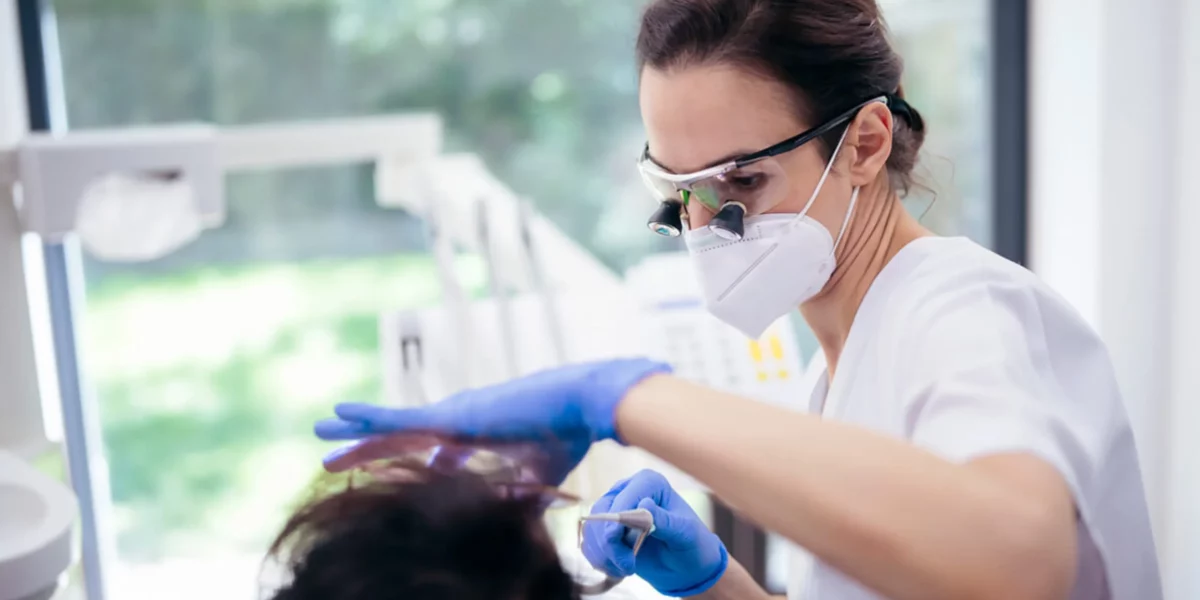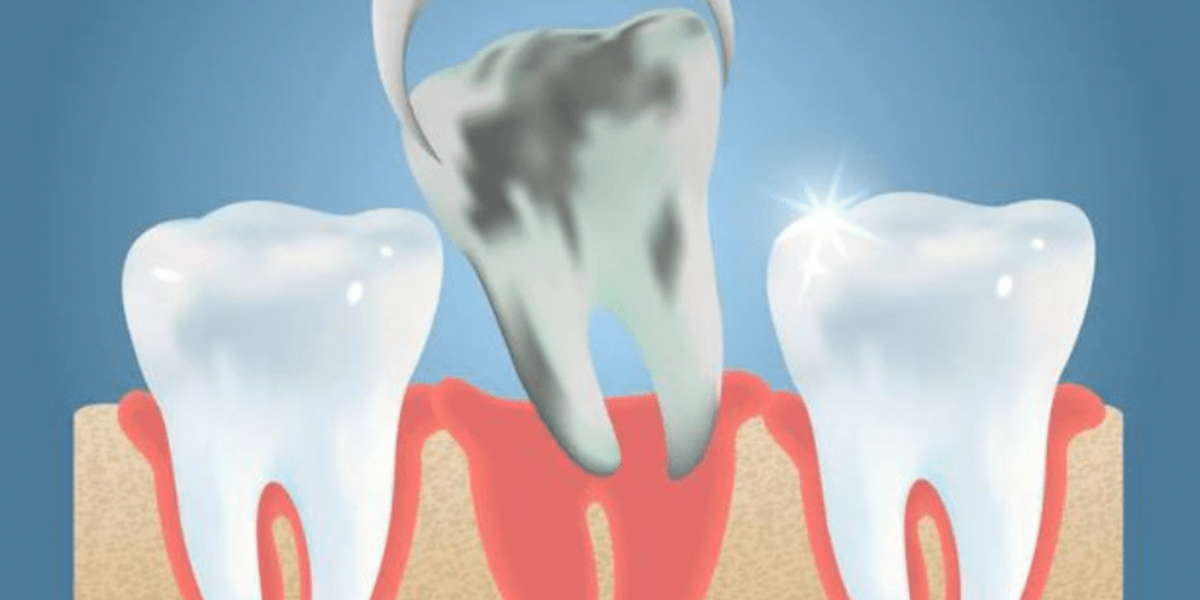Ah, the dreaded tooth fairy – that tiny magical creature causing excitement and (sometimes) trepidation for young children. Watching their little one’s tooth come out with a certain amount of pageantry can be both thrilling and taxing for parents. You want your child to experience the magic but also enjoy relief from pain and make sure the new incoming tooth stays healthy. Whether it’s time to part with a first baby tooth or an adult molar that’s been hanging around too long, knowing how to safely remove a loose tooth is essential if you don’t want to leave it up to fate! Read on as we explore alternative ways of getting teeth off without leaving them in place until they eventually wiggle their way out.
Explain the process of how a baby tooth will become loose and eventually fall out
As children grow, losing their baby teeth is a rite of passage. It all starts with tooth roots being absorbed by the surrounding bone, causing the baby tooth to become less rooted in the jaw. As the tooth becomes looser, a small gap appears between the tooth and the gum line. This is a sign that the root is breaking down, which is necessary for the tooth to fall out. Eventually, the root will dissolve completely, and the baby tooth will fall out, making way for a permanent tooth to take its place. This process can take anywhere from a few days to a few months, but it’s a natural process that every child experiences.
Offer tips on how to support your child’s oral hygiene during this time, such as brushing gently and flossing regularly
Maintaining good oral hygiene is crucial for your child’s overall health, especially during these times. While we all know the importance of brushing and flossing, it’s equally important to do it right. Encourage your child to brush gently, using a toothbrush with soft bristles, and to brush for at least two minutes, twice a day. It’s also recommended to floss once a day to remove any food particles stuck between their teeth. If your child is still learning how to brush and floss, take the time to show them how it’s done, and make it fun by using a timer or a favorite song as a signal to stop. With these simple tips, you can help your child maintain strong and healthy teeth and gums, and give them a reason to smile.
Recommend over-the-counter products that can help with pain relief if your child is experiencing discomfort
As a parent, it can be heartbreaking to see your child in pain. Luckily, there are plenty of over-the-counter products that can help provide some relief. For headaches, ibuprofen or acetaminophen can work wonders. If your little one is experiencing muscle aches or soreness, consider applying some topical pain relief cream, like Bengay or Icy Hot. For toothaches or teething pains, a child-safe oral pain reliever like Orajel might do the trick. And don’t forget about the power of a warm or cold compress – these can help soothe a variety of different types of pain. Remember, always follow the dosage instructions carefully and consult with a healthcare professional if you have any concerns.
Describe how to safely remove the tooth from your child’s mouth without causing any damage or harm
As a parent, it can be nerve-wracking to even consider removing a tooth from your child’s mouth. But when the time comes, it’s important to do it safely and without causing any harm. Firstly, make sure the tooth is loose enough to be removed – if it’s not, don’t force it. You can try encouraging your child to wiggle it gently back and forth over a few days to help loosen it. When the tooth is loose enough, wash your hands thoroughly and use a clean cloth to grip the tooth with a firm but gentle pressure. Then, give a quick pull downwards and outwards, ensuring you don’t twist the tooth or cause any unnecessary pain to your child. If the tooth doesn’t come out easily, stop and speak to your dentist for advice. Remember, a little patience and care can go a long way when it comes to removing your child’s teeth.
Discuss the importance of healthy diet choices during this time, such as avoiding hard or crunchy foods that could potentially cause injury
Maintaining a healthy diet is always important, but it’s especially crucial during this time. Many of us are spending more time at home and may be snacking more frequently, but it’s important to make sure those snacks are gentle on our teeth and gums. Avoiding hard or crunchy foods that could potentially cause injury is crucial for preventing dental emergencies. By choosing softer options like yogurt, fruit, or cooked vegetables, we can protect our teeth and maintain good oral health. Making intentional, mindful choices about our diet can have a big impact on our overall well-being, and help us feel our best both physically and mentally.
Suggest extra vitamins, minerals, and calcium supplements that can be taken for additional oral health benefits during this transition period
During this time of transition, it’s important to prioritize our oral health more than ever. To ensure we’re getting all the nutrients our teeth and gums need, we may want to consider taking certain supplements. Vitamin C, for example, is known to promote gum health and can be found in fruits like oranges and strawberries or taken as a supplement. Calcium is also essential for strong teeth and can be taken as a supplement or found in dairy products like milk or cheese. Additionally, zinc and magnesium are both minerals that can help support overall oral health. As always, it’s important to consult with a healthcare professional before adding any supplements to your routine, but incorporating these nutrients can be a great way to give your oral health an extra boost during this time of change.
The process of a baby tooth becoming loose is a natural part of your child’s development. It’s important to take the time and give extra special attention to their oral hygiene as this transition takes place. Establishing healthy practices such as brushing gently, regular flossing, avoiding hard or crunchy foods, and incorporating vitamins and minerals into diet choices can all lead to healthier outcomes and more resilient teeth in the future. If your child experiences discomfort during this time, remember that over-the-counter pain relief products are available as well. Most of all, ensure them that losing their tooth is an exciting milestone that everyone goes through in life – not something to be scared of or fearful about! With the right preparation and guidance from you as a parent, this stage of growth should go smoothly for both you and your child.






